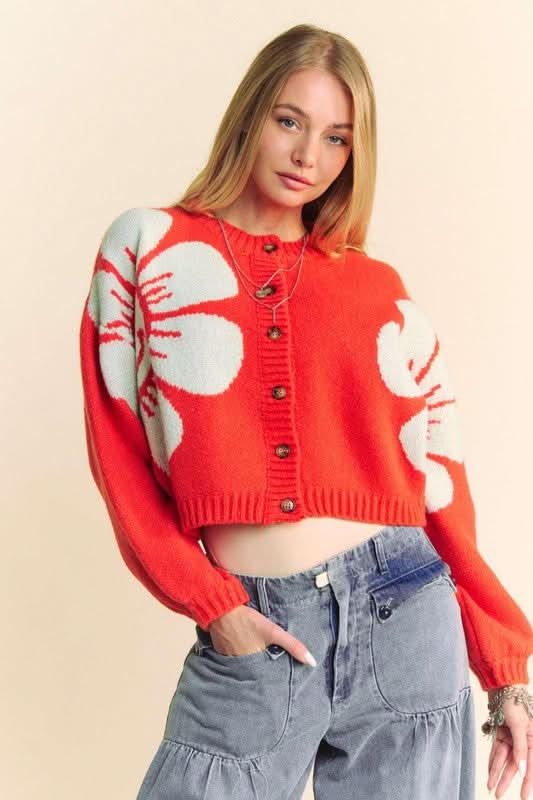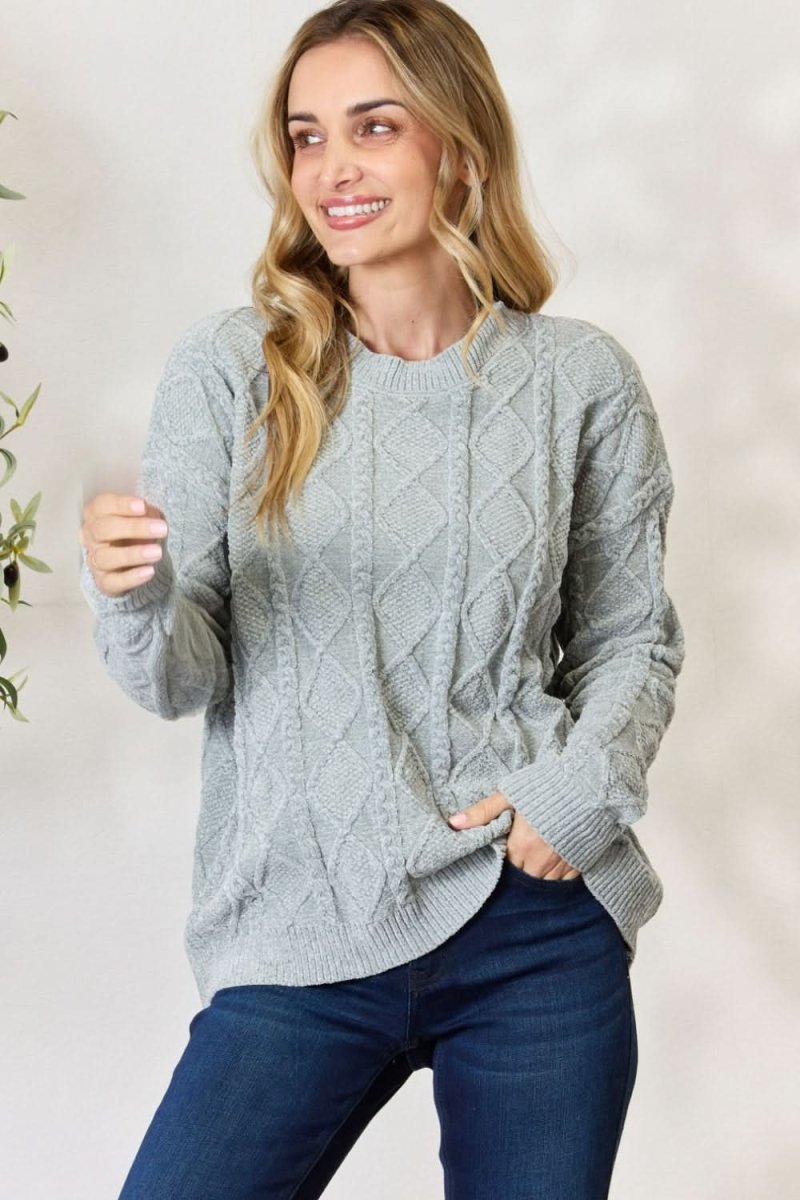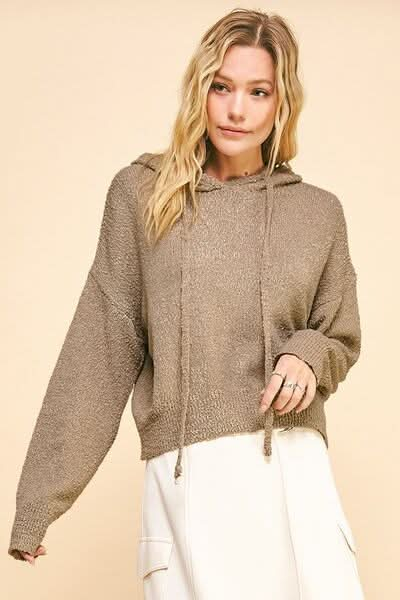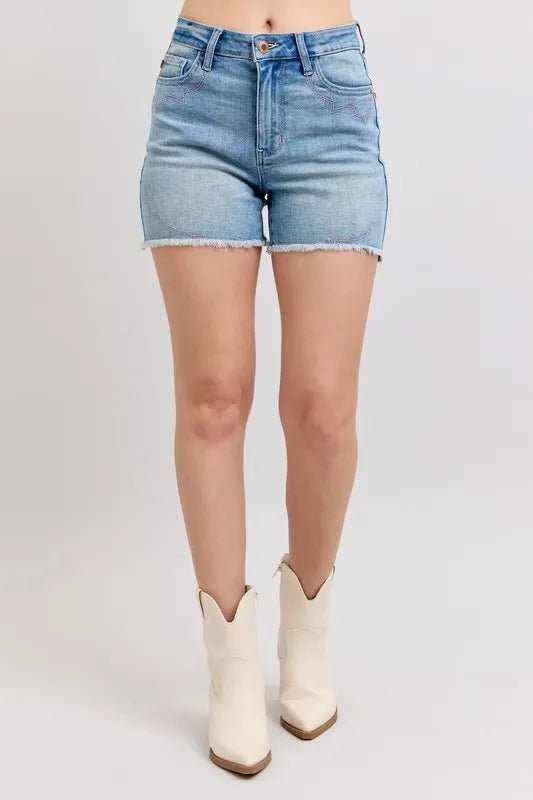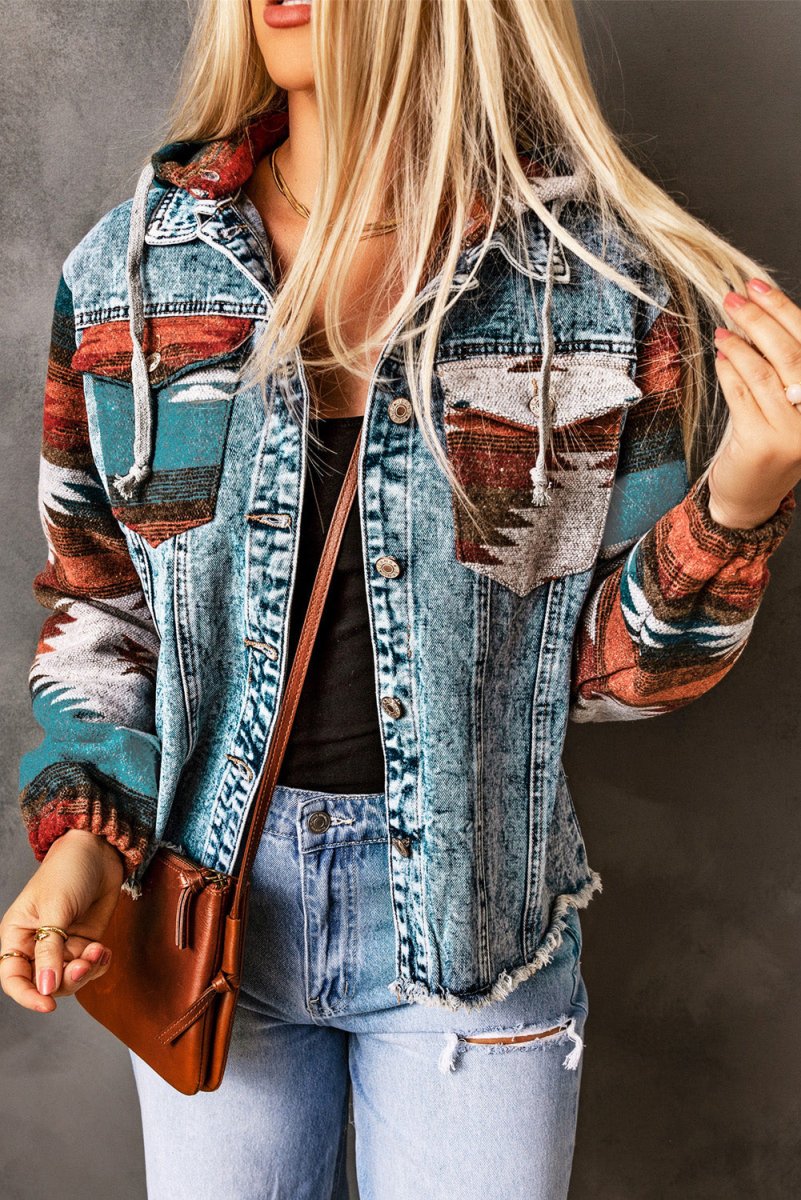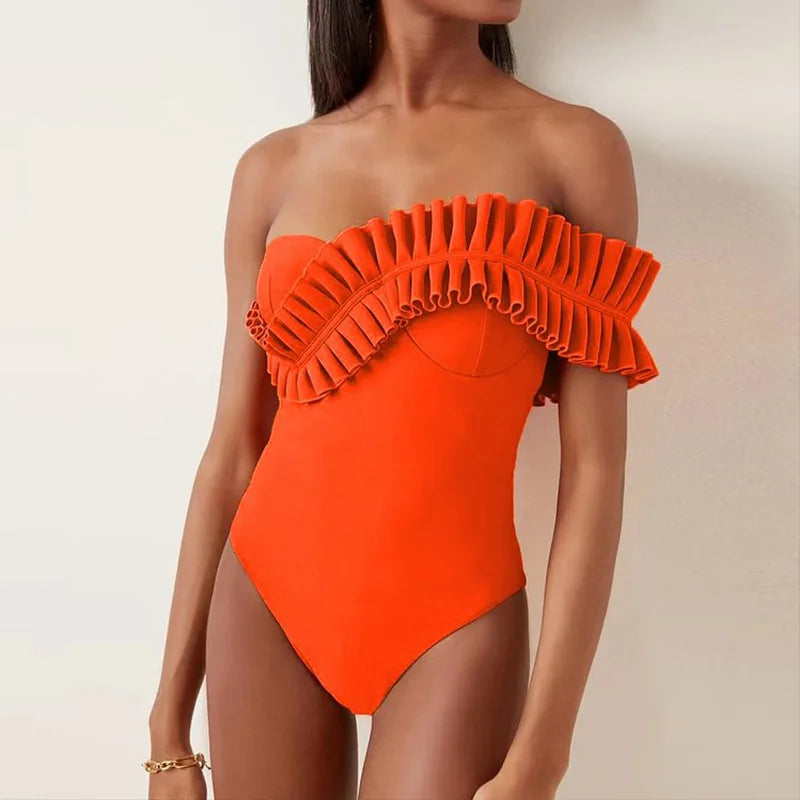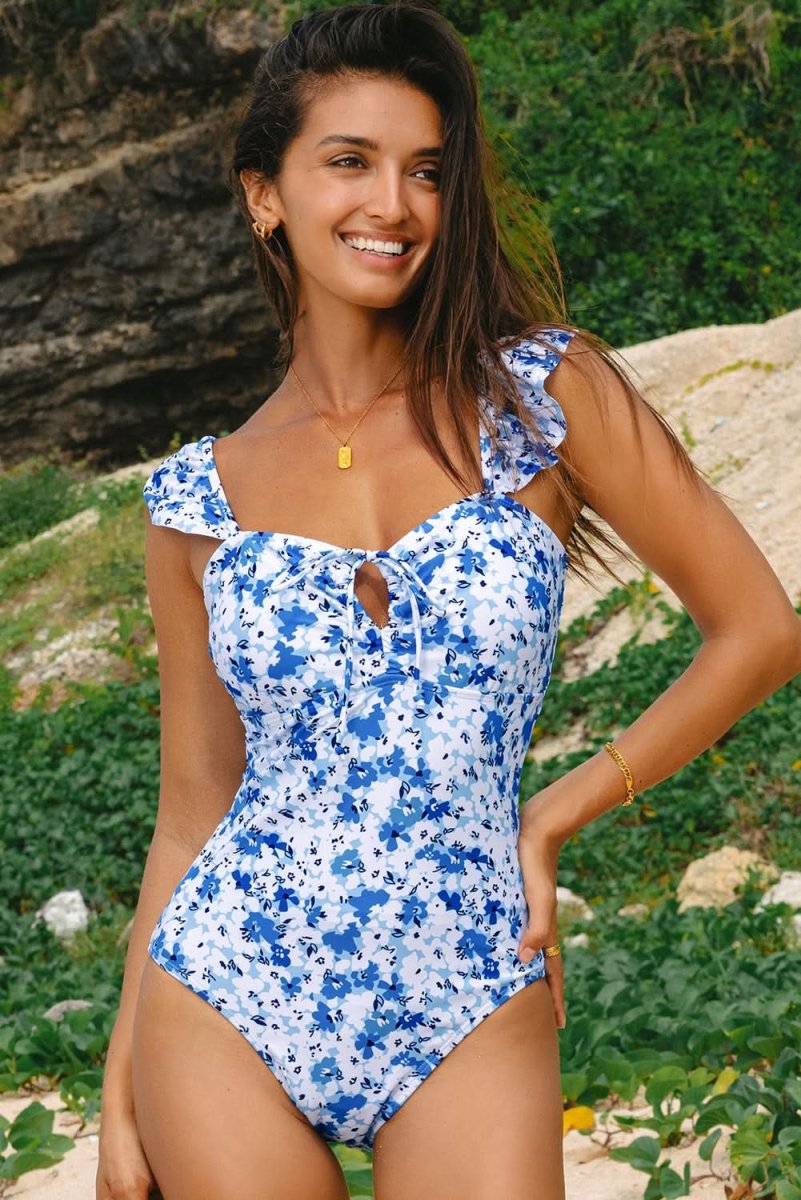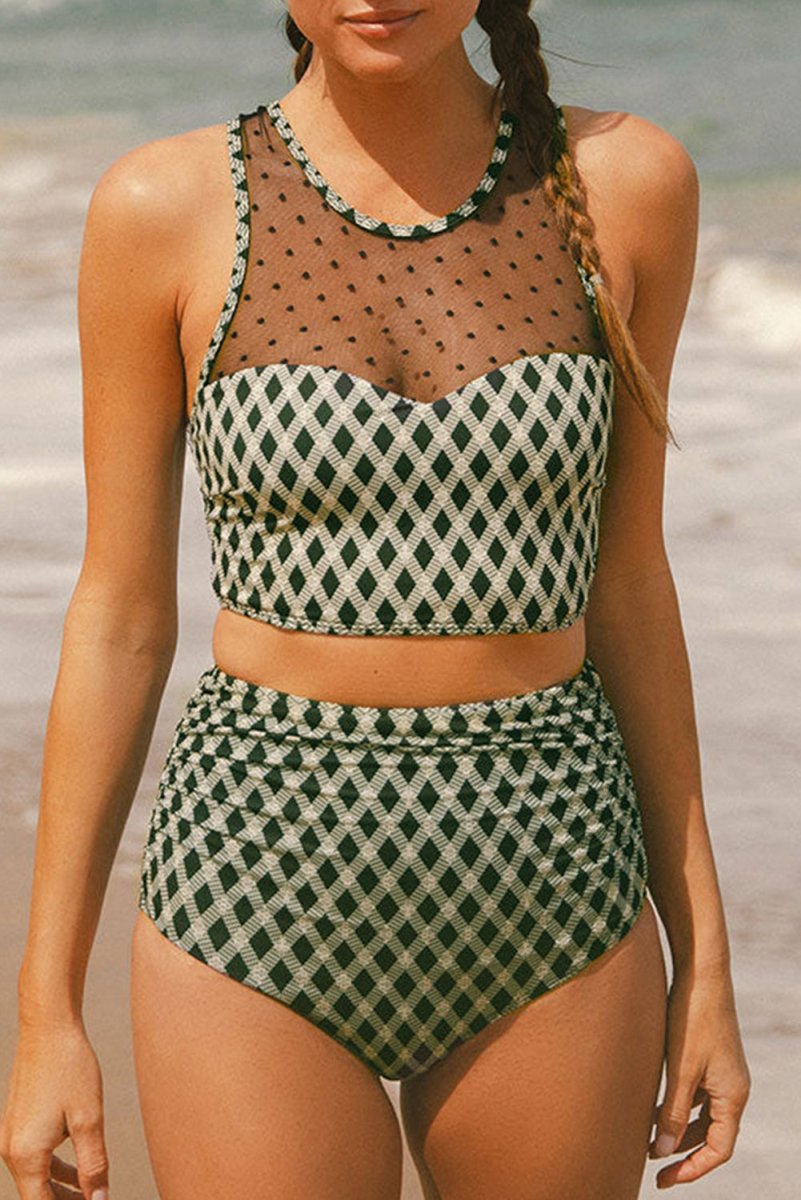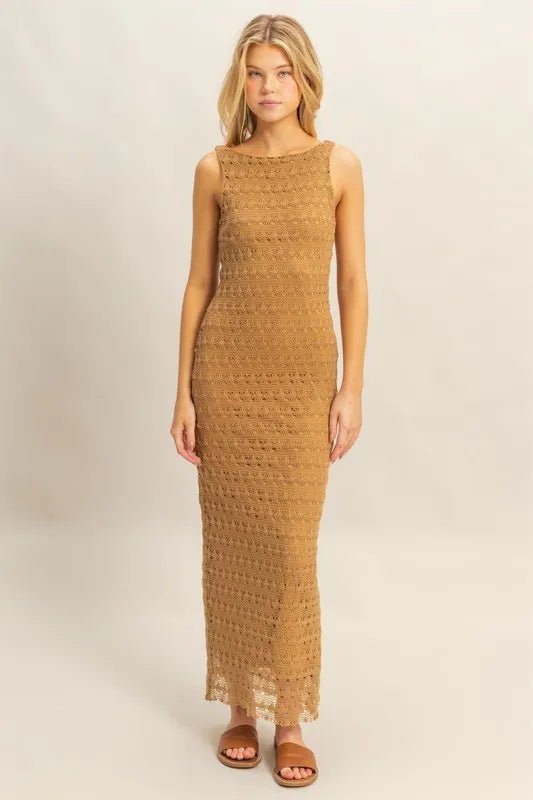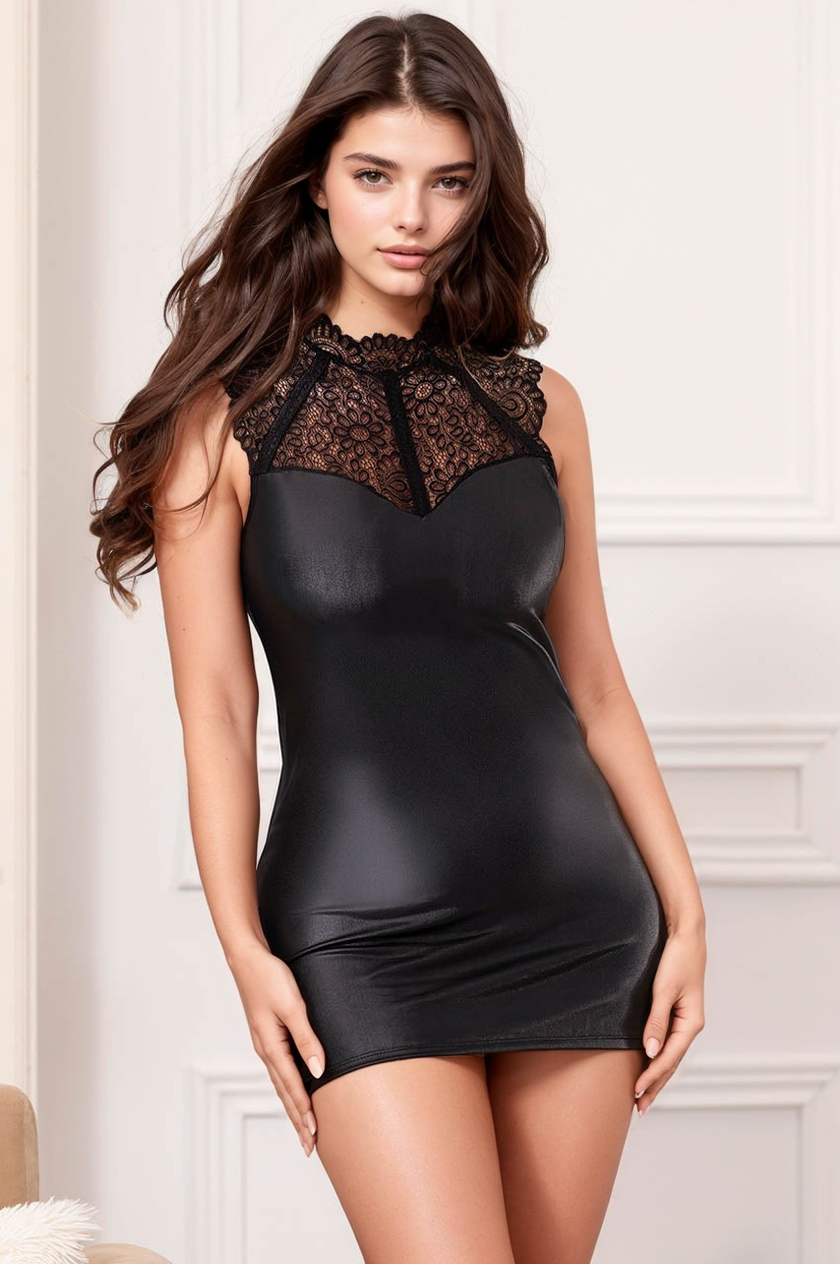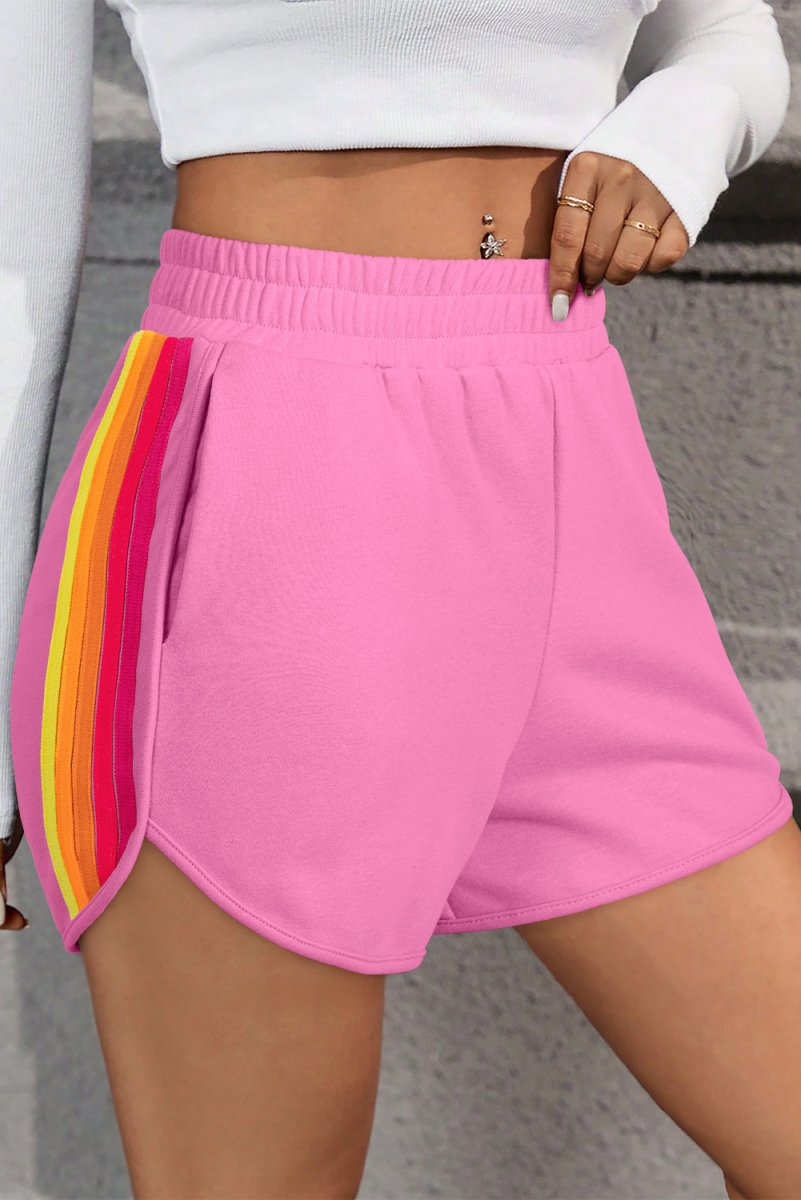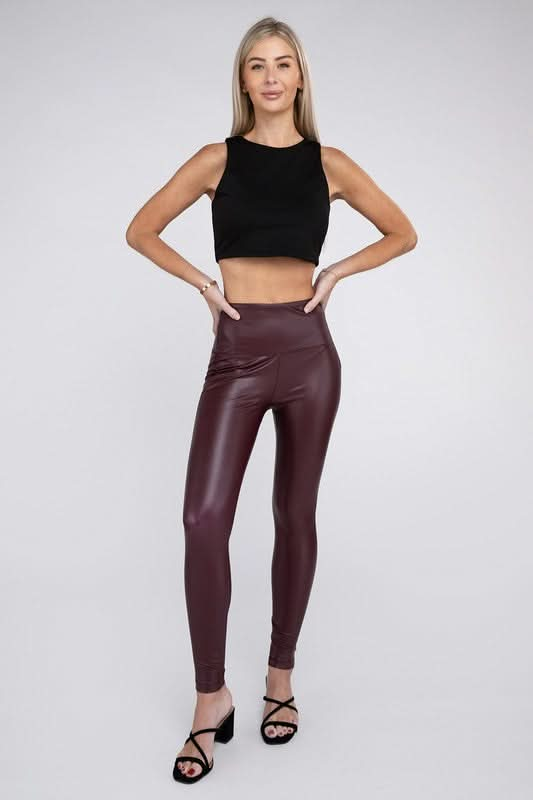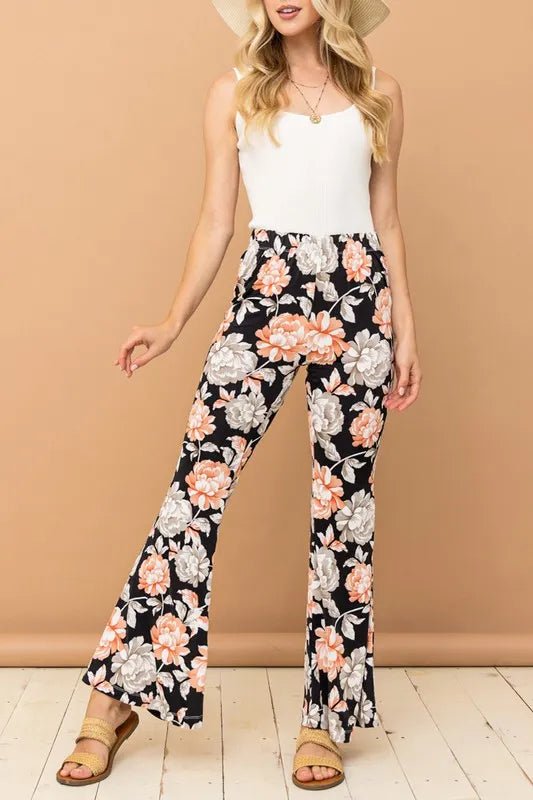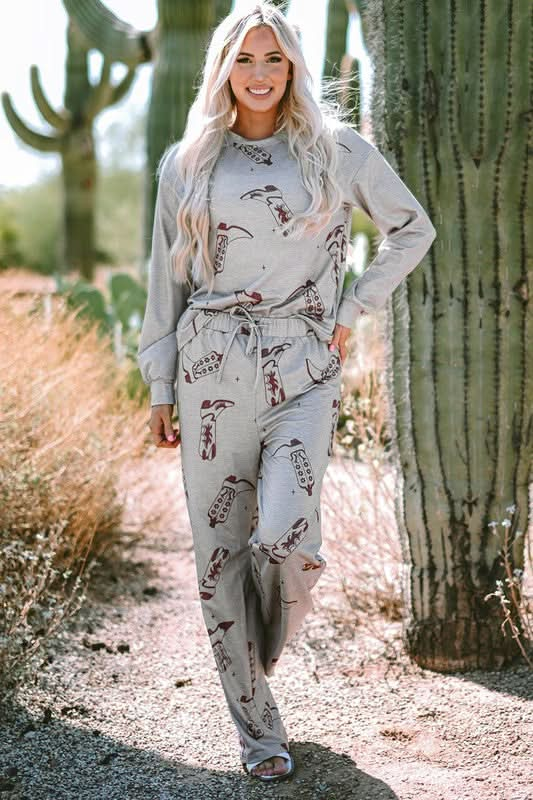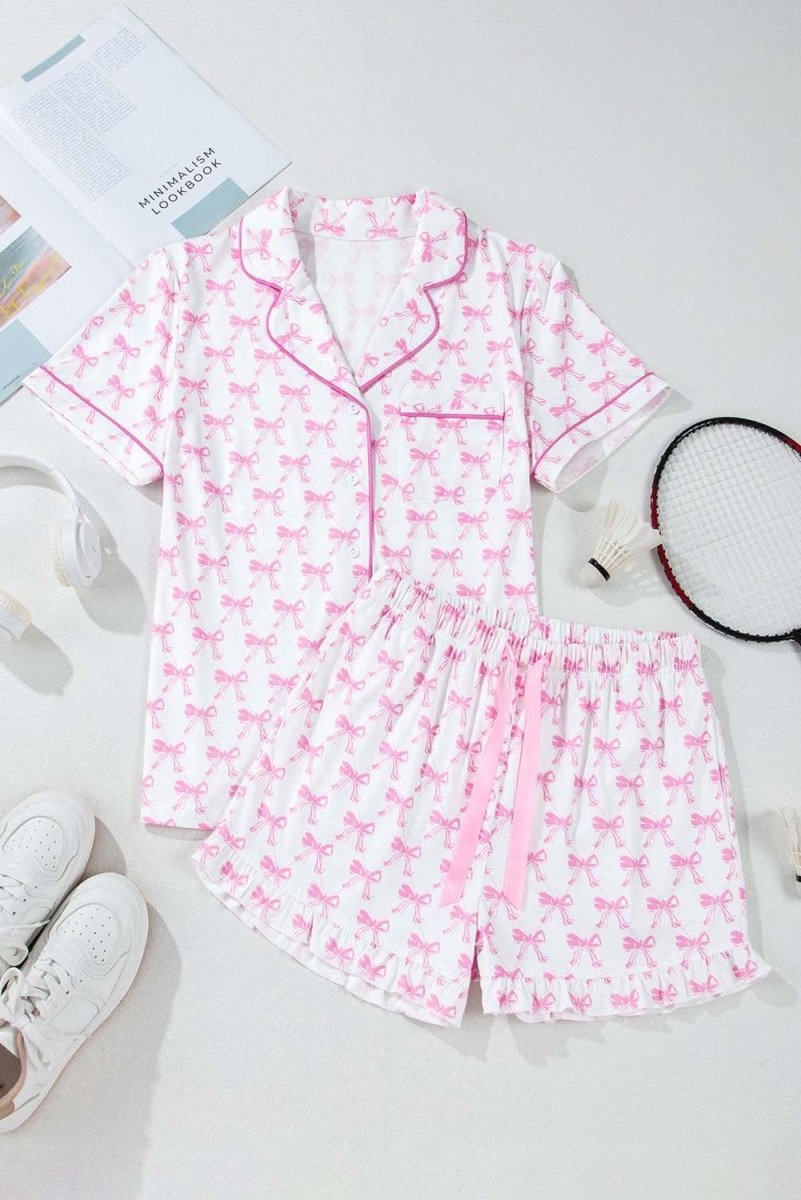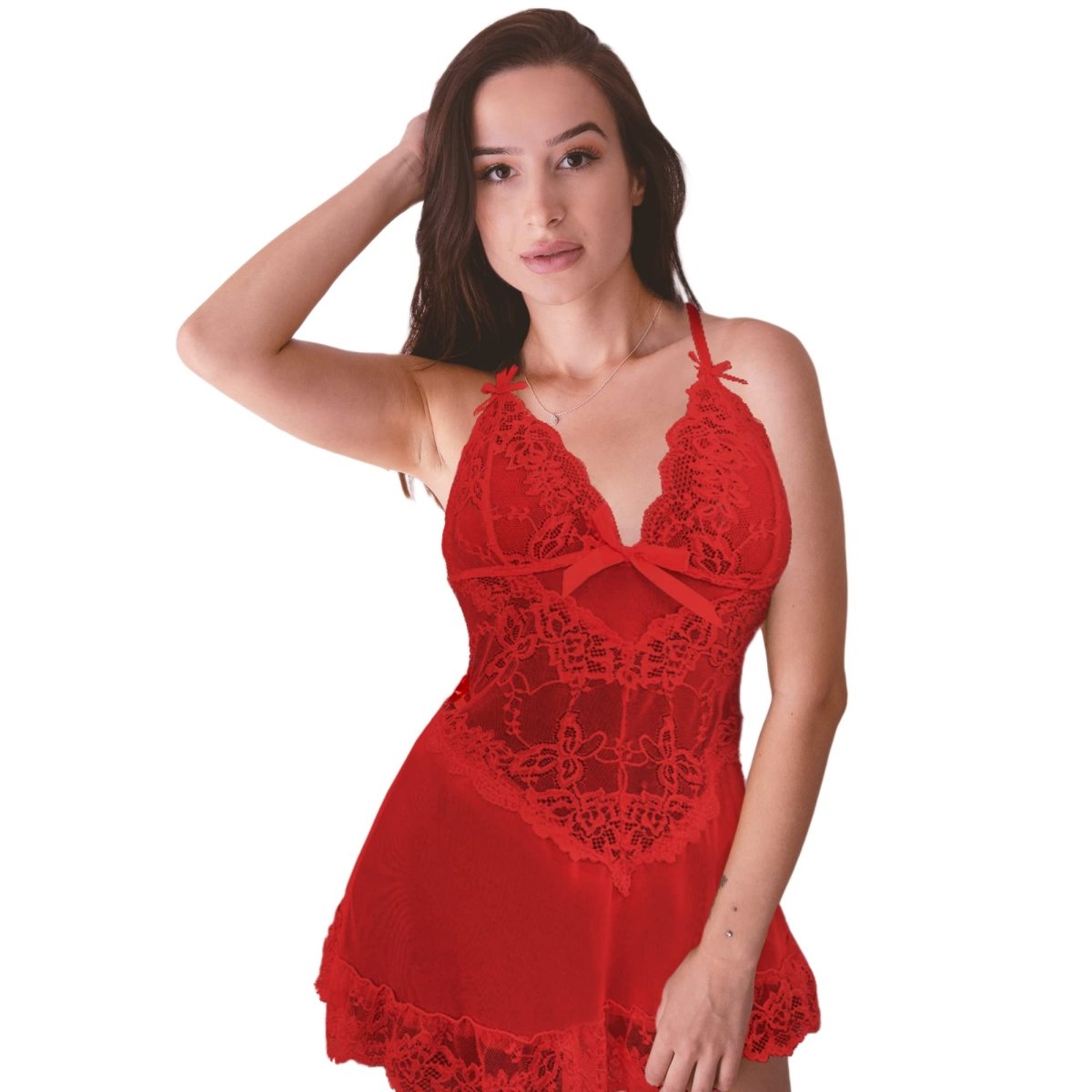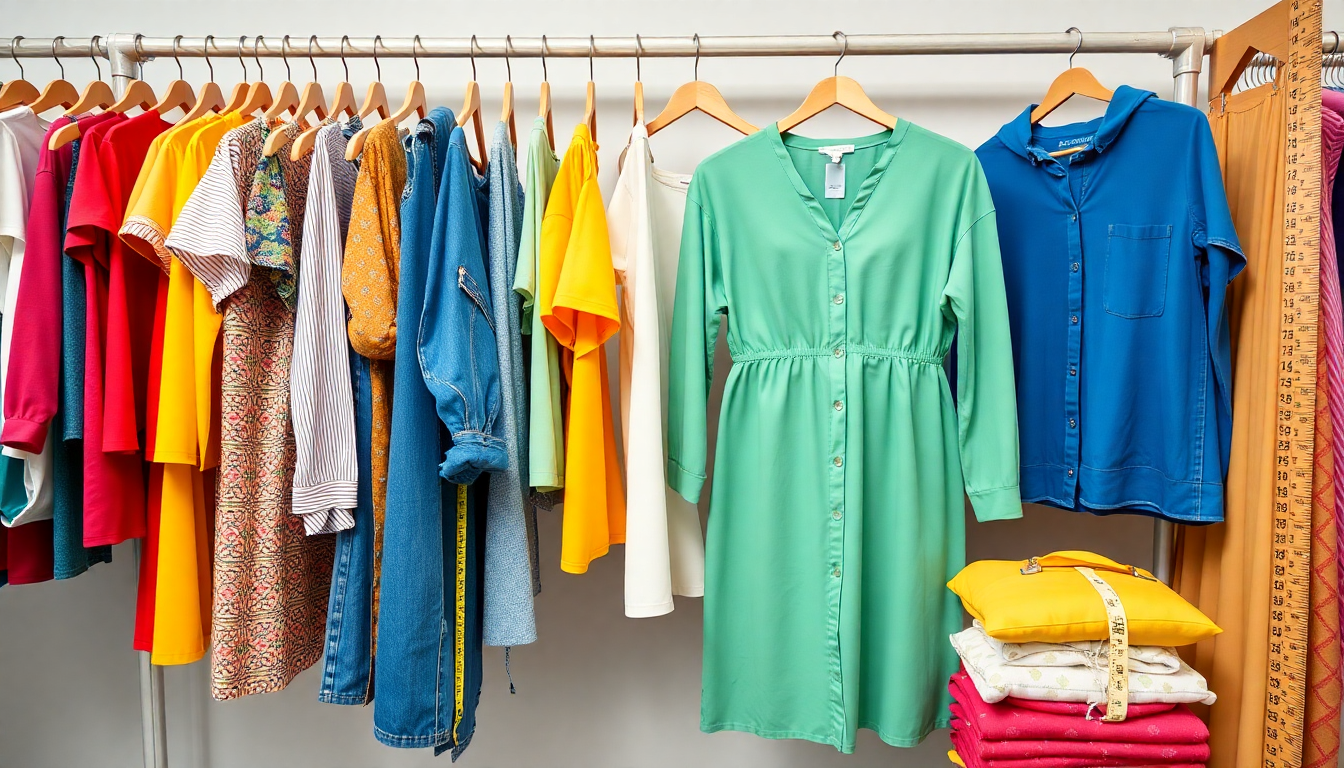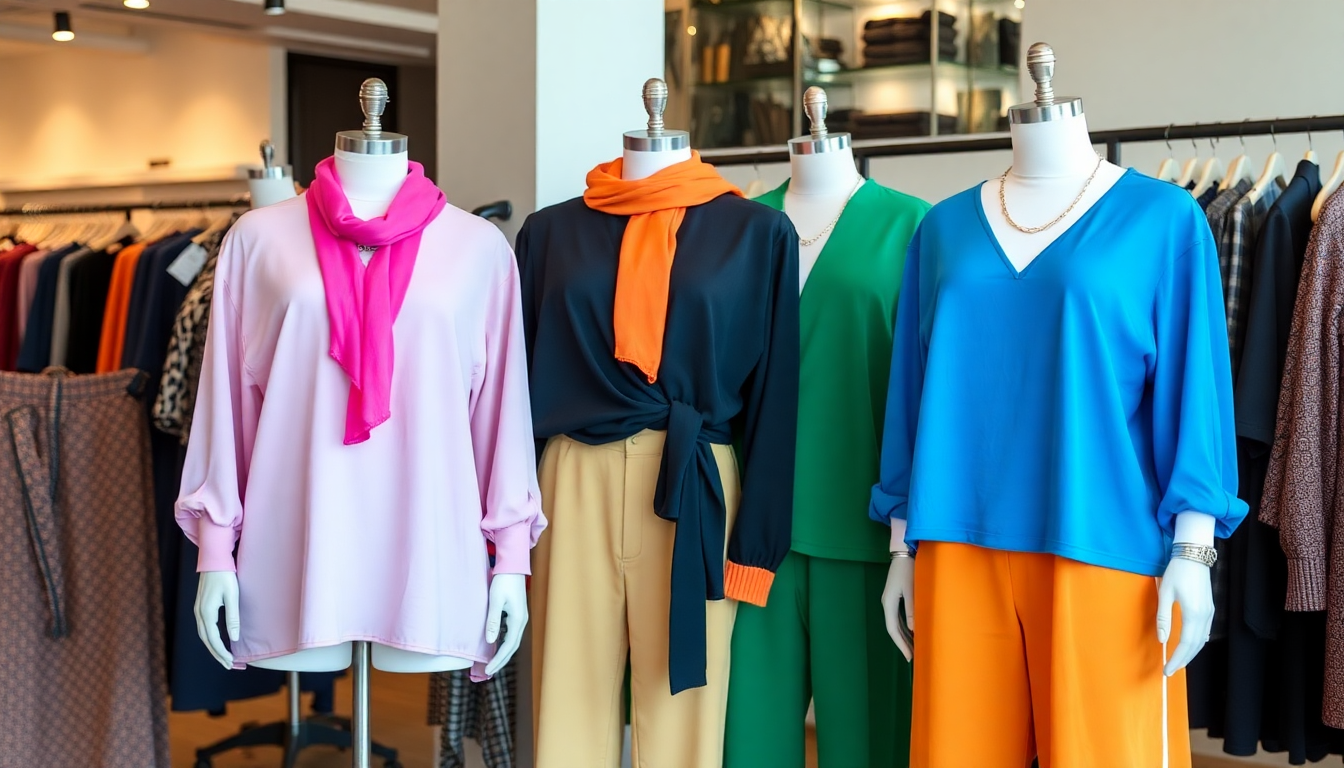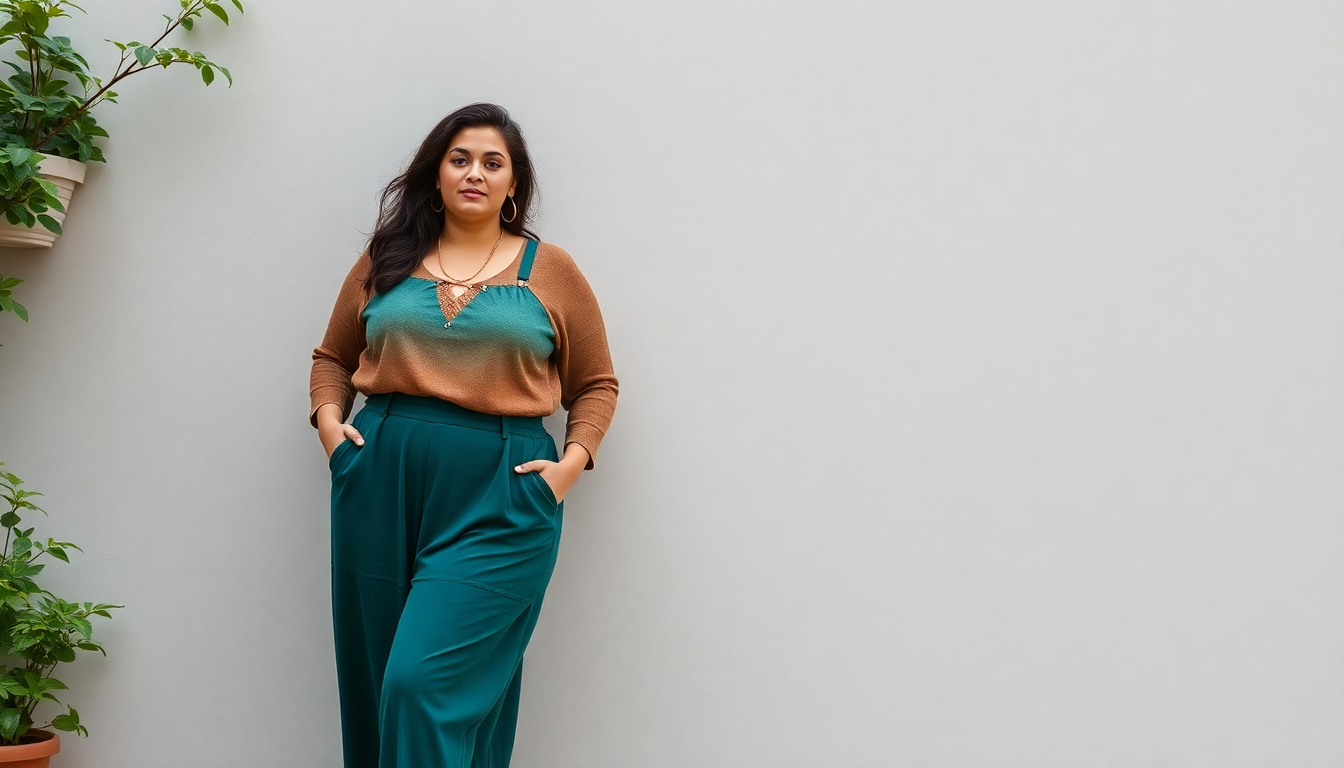Introduction — Your Complete Guide to Shopping Flying Tomato Online in 2025
Shopping for plus-size clothing online can feel overwhelming, but Flying Tomato has earned attention for colorful, accessible styles and sizes that aim to celebrate curves. This expanded guide walks you through everything a plus-size shopper needs to know to make confident purchases: from accurate measurements and reading size charts, to understanding fabrics and choosing more sustainable options. Whether you want everyday basics, a bold printed dress, or a comfortable jumpsuit, these practical tips will reduce returns, improve fit, and help you build a closet that flatters your shape and your values.
Why This Guide Matters
- Online product images don’t tell the whole story: fit, fabric behavior, and stretch make a difference.
- Sizes aren't standardized across brands; Flying Tomato may size differently by category or season.
- Sustainability has many shades: recycled fibers, reduced waste, and durable construction all matter.
- Real customer photos and reviews are your best friend — learn how to use them effectively.
About Flying Tomato: What to Expect
Flying Tomato tends to offer modern, youthful silhouettes with an emphasis on prints, comfortable knits, and accessible price points. Key characteristics often include generous sizing in dresses and tops, mix-and-match separates, and styles that skew toward casual to smart-casual. While product offerings change seasonally, the brand usually provides detailed product descriptions and customer review sections that are extremely useful for fit assessment.
Before You Buy: The Gold Standard of Online Shopping for Fit
Start here each time you shop. These steps reduce guesswork and returns:
- Take accurate measurements using a soft measuring tape.
- Record your measurements and check the product specific size chart on the Flying Tomato page.
- Read fabric content and care instructions to understand stretch and drape.
- Study customer reviews and photos, paying special attention to reviewers who share height and weight.
- Confirm shipping and return policies, especially for final sale or limited edition items.
How to Measure Yourself Accurately
Accurate measurements are the foundation of great online shopping. Follow these step-by-step tips and measure twice.
- Bust: Measure at the fullest part of your chest while wearing a bra similar to the one you plan to wear with the garment. Keep the tape level and snug but not tight.
- Underbust: Measure directly under your bust. This is helpful for bras, fitted tops, and some dresses.
- Waist: Find your natural waist where your torso bends and measure comfortably. For high-rise bottoms, measure the narrowest point or the preferred position of the waistband.
- Hips: Stand with feet together and measure around the fullest part of your hips and buttocks.
- Torso length: For jumpsuits and bodysuits, measure from the top of one shoulder, down across the torso through the crotch and back up to the starting shoulder point.
- Inseam: For pants and jeans, measure from crotch to desired hem length or from a pair of well-fitting pants you already own.
Tip: Have a friend help for more accurate, level measurements, especially for bust and hips. Keep your measurements in a shopping note on your phone.
How to Read Flying Tomato Size Charts and Product Notes
Each product page should have a size chart or at least recommended measurements. When you look at a size chart:
- Compare your measurements directly to the chart rather than converting to a general size label.
- If the garment lists finished measurements, compare those to your body measurements and add room for ease: 2 to 4 inches for fitted knits, 6 to 8 inches for loose silhouettes, depending on the desired fit.
- Check if the item runs small or large in the product description or reviews.
- If the fabric has significant stretch, you can often size down. Woven fabrics with little stretch usually require more precision or sizing up.
Sizing Conversions and Considerations
Some shoppers prefer size labels (1X, 2X, 3X, or 14, 16, 18). Because labels vary across brands, use direct measurement mapping. General guidelines:
- 1X often corresponds to about 14-16, 2X to 18-20, and 3X to 22-24, but this varies. Always use the product chart.
- Don’t assume that your dress size is the same for all categories; some tops may run larger or smaller than dresses.
- Consider loosening the fit at areas you know are typically snug for your body shape, such as upper arm, bust apex, or hips.
Body Shapes and What Works Best
Knowing your body shape helps choose silhouettes that flatter. These are general guidelines — personal style and comfort always come first.
- Apple Shape: Weight carries through midsection. Look for empire waists, wrap dresses, and A-line skirts that skim the midriff. V-necks elongate the torso.
- Pear Shape: Hips are wider than shoulders. Emphasize the upper body with statement sleeves, wider necklines, and A-line skirts to balance proportions.
- Hourglass Shape: Balanced bust and hips with a defined waist. Tailored wrap dresses, belted waists, and fitted tops that follow curves are excellent choices.
- Rectangle Shape: Similar measurements across bust, waist, and hips. Create curves with peplums, ruching, wrap styles, and dresses with defined waists.
- Inverted Triangle: Broader shoulders compared to hips. Choose V-necks, softer sleeves, and bottoms with volume to balance the silhouette.
Fabric Deep Dive: What to Choose and When
Fabric affects drape, comfort, and durability. Learning a few fabric basics will help you predict how a Flying Tomato piece will behave in real life.
- Cotton and Cotton Blends: Breathable and comfortable. Pure cotton can shrink slightly, so check care instructions. Cotton blends with a bit of spandex are forgiving.
- Modal and Micro Modal: Exceptionally soft, breathable, and drapey. Great for tees, dresses, and loungewear. Modal resists pilling better than rayon.
- Rayon / Viscose: Very drapey and flattering but can wrinkle and weaken when wet. Treat gently and avoid high heat drying.
- Polyester and Polyester Blends: Durable and colorfast, great for prints and structured pieces. Pure polyester can feel less breathable, so blends with natural fibers are preferred.
- Elastane / Spandex / Lycra: Small percentages add stretch and recovery. Look for at least 3 to 5 percent in fitted garments for comfort.
- Knit vs Woven: Knits stretch and move with the body; wovens offer structure and a crisp look. Choose knits for comfort and wovens for tailored silhouettes.
Fabric Performance and Care
- Check the care label. Cold wash and air dry extend the life of most mixed-fiber garments.
- Delicate fabrics like rayon and viscose perform best with gentle cycles, mild detergent, and low-heat drying or air-drying.
- For printed garments, turn inside out before washing to protect color vibrancy.
- Use a garment steamer to remove wrinkles from delicate fabrics without applying direct high-heat from an iron.
Sustainable Picks: How to Identify Eco-Friendly Clothes on Flying Tomato
Sustainability in fashion is multidimensional. Here are practical signals that a garment may be more eco-friendly:
- Materials: Look for organic cotton, recycled polyester, and Tencel or modal from responsibly managed sources.
- Durability: Strong seams, quality linings, and stable prints indicate longevity — buying less often equals lower environmental impact.
- Transparent descriptions: Brands that explain sourcing, certifications, or production methods are more likely to be responsible.
- Low-impact care: Fabrics that require less energy to wash and dry, and that resist pilling and fading, reduce lifetime environmental cost.
- Timeless silhouettes: Choosing classic designs over fleeting trends increases the wear-life of a garment.
How to Use Customer Reviews and Photos Like a Pro
Customer content is one of the best resources for online fit information. Use these tactics:
- Filter or search reviews for keywords like bust fit, waist, hem length, and stretch.
- Prioritize reviews that include height, weight, and the size the reviewer is wearing.
- Compare photos to your body shape and consider how the garment drapes on similar shapes.
- If you see repeated notes that an item runs small or large, treat that as a strong signal to size up or down.
Practical Shopping Workflow: Step-By-Step
Use this workflow to make your shopping experience efficient and to reduce returns.
- Set a goal: Are you shopping for workwear, vacation pieces, or everyday basics?
- Filter by category and your likely size range to narrow options quickly.
- Open product pages and read the full description, fabric content, and care instructions.
- Measure yourself and consult the size chart; check finished garment measurements when provided.
- Scan reviews and photos for fit clues. If multiple reviewers mention the same fit issue, adjust your size choice accordingly.
- Check shipping and returns; add two sizes to your cart if you can return conveniently and you really want to ensure a good fit.
- Leave honest feedback after you receive the item to help other shoppers.
Sale Shopping and Outlet Strategies
Shopping sales can be a great way to get staples at lower cost, but exercise caution.
- For discounted items, the return policy might be different. Verify whether sale items are final sale.
- Prioritize buying basics or proven silhouettes that you know flatter your shape rather than trendy items that may have low wear value.
- If the size you normally wear is sold out in the color or print you want, check for similar styles in other colors or wait for restock alerts.
Alterations, Tailoring and Simple Fixes
A small alteration often turns a nearly-right piece into a favorite. Common fixes include:
- Taking in side seams at the waist or bust for a better fit.
- Shortening hems on skirts or sleeves for proportion.
- Replacing standard elastic with wider or softer elastic in waistbands for comfort.
- Adding darts to shape loose woven tops or dresses.
Cost vs value: Compare alteration cost to the garment price. If the piece is inexpensive and the alteration is significant, consider whether the final result justifies the spend.
Styling Tips to Make Pieces Flatter Your Shape
Small styling choices can change how a garment reads on your body.
- Layer with a longline duster or cardigan to create vertical lines that lengthen the torso.
- Belt dresses and tunics at the smallest part of your waist to create definition.
- Choose shoes that balance proportions; a block heel or platform can elongate the leg without sacrificing comfort.
- Use undergarments strategically: a well-fitted bra and smoothing camis can enhance how clothes sit.
Jumpsuits and Rompers: Fit Tricks
Jumpsuits are amazing for a streamlined look but depend heavily on torso length and crotch depth.
- Look for adjustable straps, elasticized waistbands, or belts to tune fit.
- If torso length is an issue, a stylist trick is to choose a jumpsuit with a blouson top that can be bloused over the waistline.
- Check for gussets or roomy crotch construction; reviewers often mention crotch fit specifically for jumpsuits.
Swimwear: Support, Coverage and Fabric
Swimwear requires attention to support and lining. Consider the following:
- Look for built-in cups, underwire, or shelf bras for bust support.
- Opt for thicker lining and higher-elasticity fabrics for better hold and durability.
- Adjustable straps and side panels help customize fit across different body shapes.
Layering for Weather and Versatility
Make seasonal transitions easier with these layering strategies:
- Lightweight knits and modal tees are perfect base layers under blazers or denim jackets.
- Use mid-weight trenches or duster coats to add polish and create vertical lines.
- In cooler months, choose knit leggings and tall boots with long tunics for warmth and balance.
Care and Maintenance to Extend Garment Life
- Wash less frequently when practical; spot clean stains and air out items between wears.
- Use cold water washes and mild detergents for mixed-fiber garments.
- Avoid high-heat dryers; air drying preserves shape and reduces pilling and shrinkage.
- Store knits folded rather than hung to prevent shoulder stretch.
- Repair small issues like loose threads or buttons early before they become bigger problems.
Returns, Exchanges and Policy Details to Confirm
Before buying, confirm these policy elements:
- Return window and conditions for full refund vs store credit.
- Who pays for return shipping and whether returns are easy to initiate online.
- Which items are final sale — often intimates, swimwear, or discounted clearance items.
- How long refunds typically take to process after a return is received.
Common Fit Problems and How to Solve Them
- Too tight at the bust: Try a size up or choose styles with more ease or a stretchier fabric.
- Muffin top: High-rise, structured waistbands, or a different rise can help. Consider sizing up if the fabric has no give.
- Sleeves too tight: Raglan or dolman sleeve styles give more room, or size up and alter the torso if needed.
- Dress hits at a bad length: Hemming or choosing a different length option will tailor it to your proportions.
FAQs — Answers to the Most Asked Questions
- Does Flying Tomato run true to size? It varies by item and fabric. Always consult the product size chart and reviews. Knits usually allow for more forgiving fit than wovens.
- Can I find eco-friendly fabrics at Flying Tomato? Some pieces use modal, recycled fibers, or viscose alternatives. Look for product notes and think long-term: durable, timeless pieces are more sustainable.
- How do I know which size will fit if I am between sizes? Consider fabric stretch and desired fit. If you want a fitted look, size down only if the fabric has significant elastane; otherwise size up for comfort and option to tailor.
- Is it worth ordering multiple sizes? If returns are easy and free, ordering 2 sizes can be safer for certain fitted styles, then returning the less flattering one.
- What if a printed item looks different in person? Check customer photos and read notes on color accuracy. Lighting and photography can alter perceived color; pay attention to review comments about true color.
Final Shopping Checklist
- Have you taken up-to-date measurements and saved them?
- Did you compare your measurements to the specific product size chart?
- Have you checked fabric content, stretch, and care requirements?
- Did you read recent customer reviews and look at photos?
- Are shipping times and the return policy acceptable to you?
- Is the item likely to be a timeless piece you will wear often?
Conclusion — Shop with Confidence, Choose Pieces That Last
Shopping Flying Tomato online as a plus-size shopper is much easier when you center accurate measurements, understand the fabric and silhouette, and make use of customer reviews. Prioritize versatile silhouettes, durable materials, and responsible construction when possible. With these strategies you can reduce returns, create a more sustainable closet, and feel great in what you wear. Keep your measurements handy, read product pages thoroughly, and don’t hesitate to try multiple sizes when policies allow — building a wardrobe that fits well and feels right takes a few smart steps, not guesswork.
Want More Help?
If youd like, share your measurements and the specific Flying Tomato pieces you re considering and I can give tailored size and styling suggestions to help you decide.
